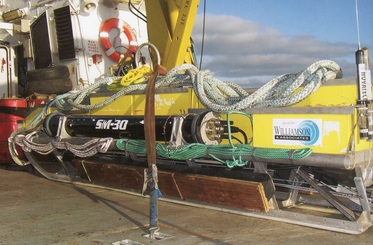I may think of joining this venture, as I've interviewed a few vets myself. Also, any of you interested in sharing your own stories with Kyle and his group, please do. He's trying to document the sacrifices and experiences of those of you who went above and beyond to keep us safe.
Tammi


 RSS Feed
RSS Feed